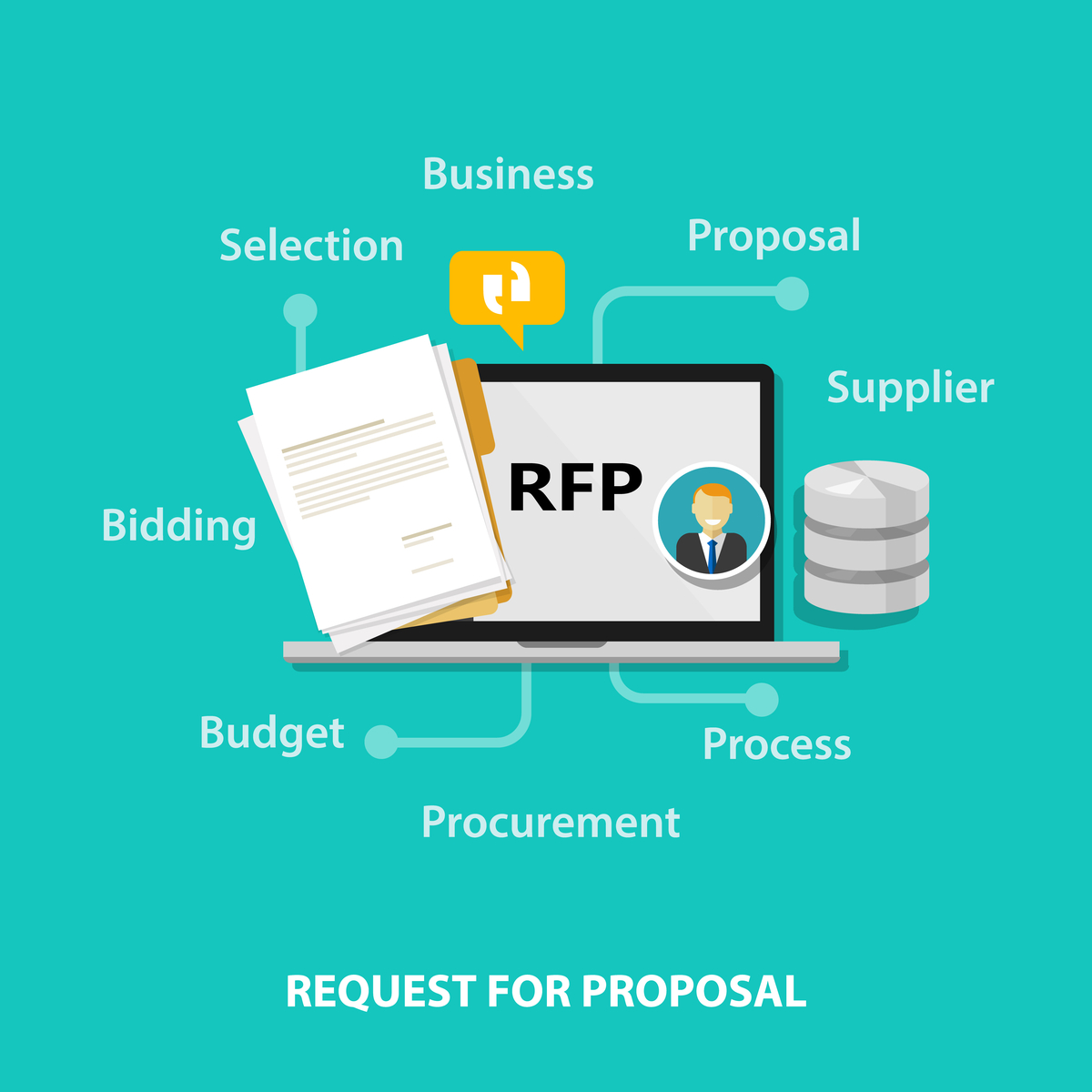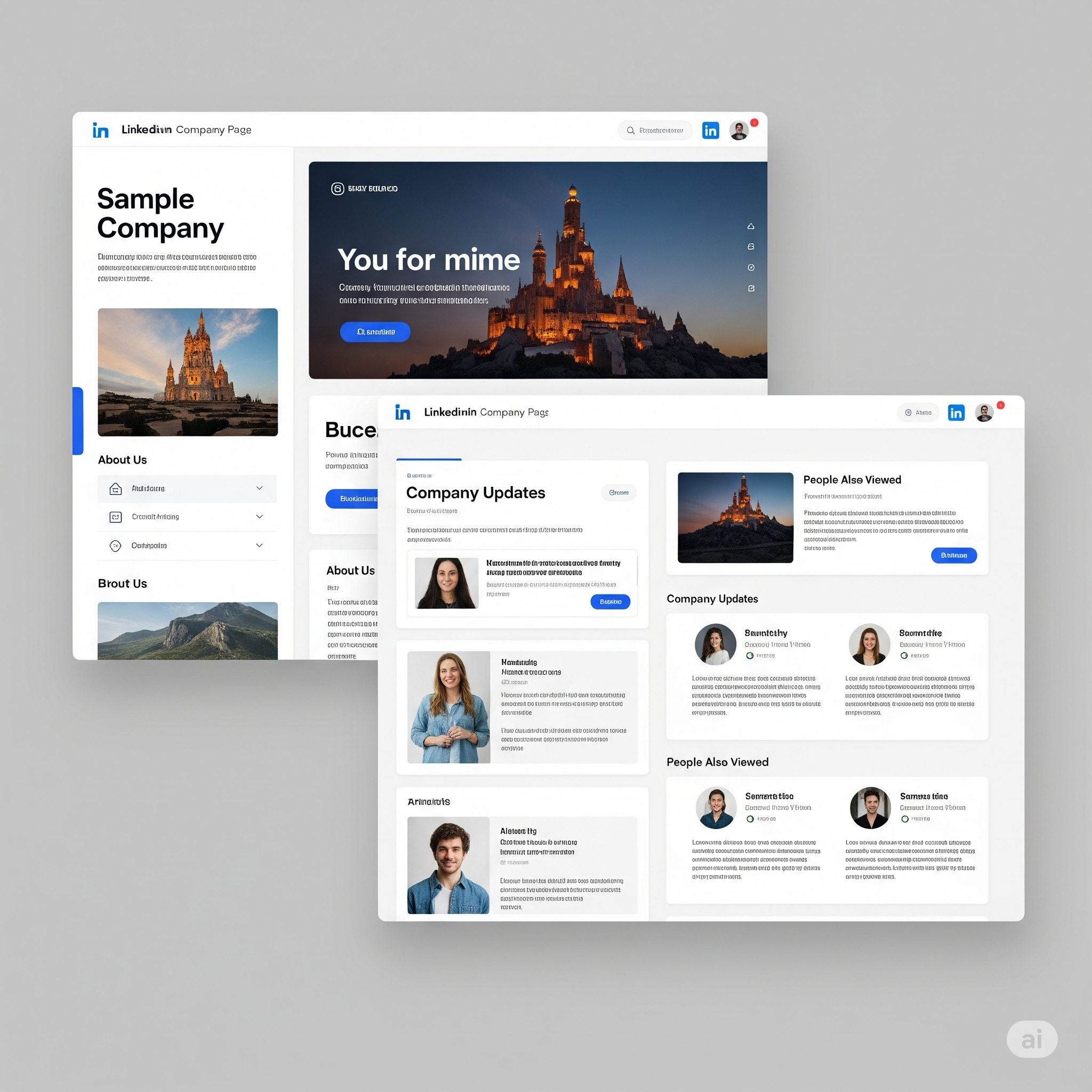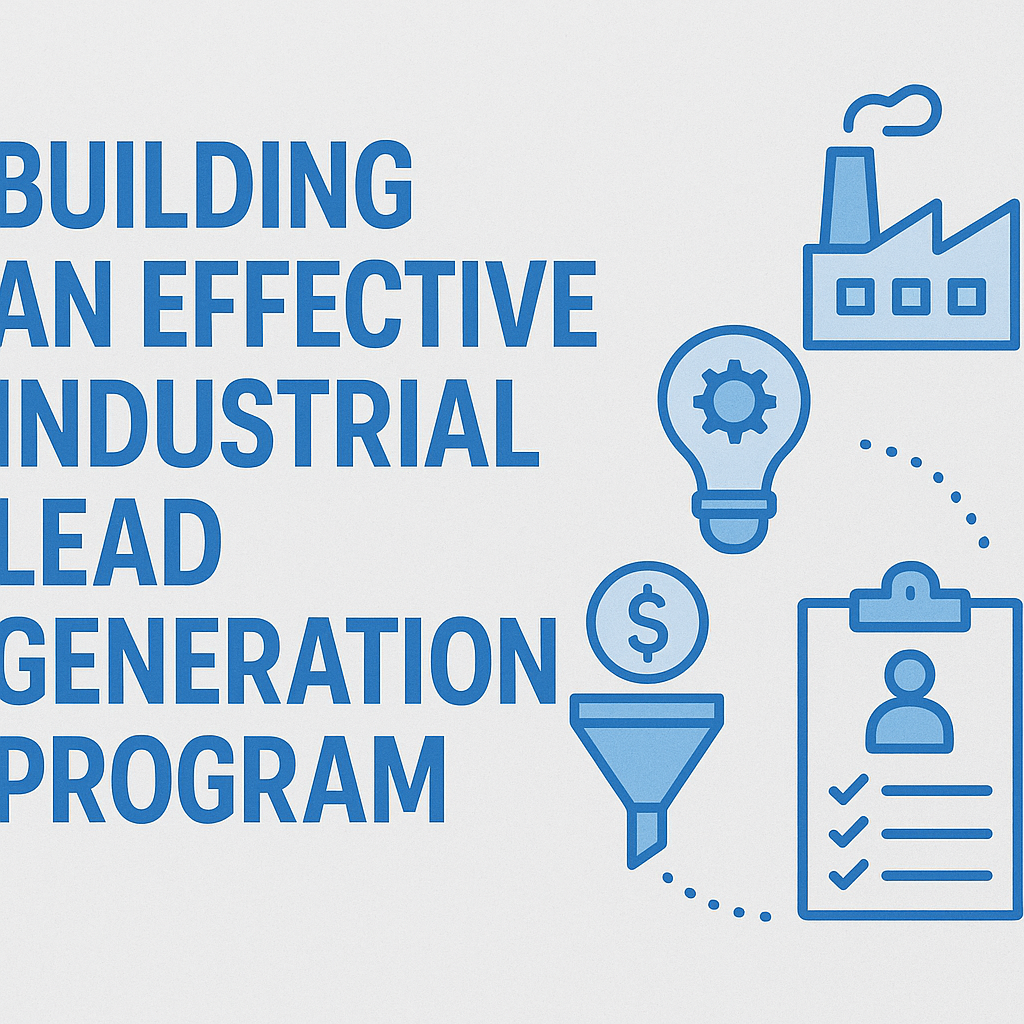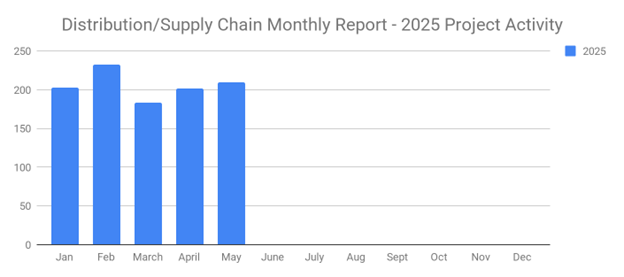
Does your B2B use request for proposals (RFPs) when engaging with prospects? RFPs are common in the B2B industry. As the name suggests, they consist of a formal document -- either written or digital -- in which a prospect seeks a proposal for a project. A prospect may send your B2B an RFP to determine whether it's a good fit for his or her business. Depending on how you respond to it, the prospect may or may not choose your B2B company for the project. To close the deal, you'll need to craft the right response. Below are several tips on how to craft the perfect response to an RFP.
Qualify Prospects Beforehand
Research shows that the average B2B company responds to over 150 RFPs per year. Being that RFP responses must be customized, creating them can be time-consuming. The good news is that you don't have to respond to all RFPs sent by prospects; you can focus on RFPs sent by qualified prospects while rejecting those sent by unqualified prospects.
Qualified prospects are potential buyers who are considered a good fit for your B2B company and its products or services. If you don't believe a prospect will benefit from your B2B company's products or services, there's no point in responding to his or her RFP. Crafting a response will only waste your time and the prospect's time. You can streamline this process while increasing your close rate by selecting responding RFPs sent by qualified prospects.
Begin With an Executive Summary
When crafting a response to an RFP, always begin with an executive summary. It will provide a general overview of your B2B company. The executive summary will break down what your B2B company does exactly and why the prospect should choose it for his or her project.
The purpose of an executive summary is to provide prospects with easy-to-digest information. RFPs often consist of multiple pages. And responses to RFPs are oftentimes just as long if not longer. With an executive summary, the prospect won't have to read through all of the pages of your response. He or she can skim the executive summary to gain a better understanding of your B2B company.
Include a Cover Letter
While you should begin your response with an executive summary, it's customary to include a cover letter in RFP responses as well. Cover letters aren't considered part of RFP responses. Rather, a cover letter is a supplementary document that's attached to both RFPs and RFP responses.
According to HubSpot, RFP response cover letters should provide context about your B2B company. In the cover letter, you can explain that your B2B company is excited about the potential opportunity to work with the prospect. Following this information, you can include some of your B2B company's qualifications while explaining why the prospect should choose it over your B2B company's competitors. It only takes a few minutes to create a cover letter, but doing so will increase your chance of closing the deal.
Reveal Your B2B Company's Deliverables Strategy
Perhaps the most important part of an RFP response is a deliverables strategy. Each RFP to which you respond should include a unique and custom deliverables strategy. It's the cornerstone content of an RFP response that details the way in which your B2B company will complete the prospect's project as requested in his or her RFP.
There are several things you should know when creating a deliverables strategy for an RFP response. As previously mentioned, deliverables strategies should be unique. Don't reuse the same deliverables strategy for multiple RFP responses. Instead, create a unique and custom deliverables strategy for each RFP response.
The deliverables strategy should explain the specific types of products or services offered by your B2B company. You don't have to list all of your B2B company's products or services. But you should list the products or services needed to complete the project. By reading your deliverables strategy, the prospect will have a better understanding of your B2B company and whether it's the right choice for his or her project.
Don't forget to include an estimated date of completion as well. Many prospects value fast project completions over low prices. Even if a competitor offers to complete the project at a lower price, your B2B company may win the deal if it's able to complete the project in less time. Mentioning an estimated date of completion will improve the effectiveness of your RFP response.
Don't Worry About Pricing
Contrary to common belief, you don't need to talk about pricing in a response to an RFP. RFPs are used to solicit bids from vendors, suppliers and other B2B companies. If a prospect believes your B2B company could be a good fit for his or her project, the prospect may ask for a bid. Bidding, though, comes after RFP responses.
Instead of pricing, focus your RFP responses on a unique value proposition. A unique value proposition is a statement -- or a collection of statements -- that tells prospects what makes your B2B company stand out from other B2B companies that offer similar products or services. It's a way to differentiate your B2B company from its competitors. Prospects send RFPs to multiple B2B companies. Some of them, in fact, may send RFPs to dozens of B2B companies. With so much competition, you'll need to include a unique value proposition in RFP responses to make your B2B company stand out.
Act Fast
Time is of the essence when responding to RFPs. The sooner you respond to an RFP, the greater your chance of closing the deal. Many RFPs, in fact, have an explicit deadline for responses. If you don't respond to an RFP by this deadline, the prospect may automatically reject your B2B company's offer.
The sooner you respond to an RFP, the better. Responding quickly to an RFP will help your B2B company connect with the prospect and, ultimately, win the project. Waiting too long to craft a response, or to send the response, will result in fewer deals.
What to learn more? Get in Touch





